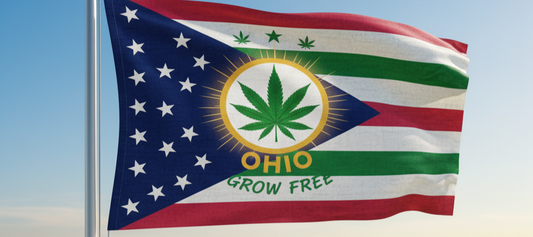What is Distillate
The Pure Potency Behind Your Vapes and Edibles
Distillate is one of the most common and versatile cannabis concentrates, prized for its high purity and potency. It’s the closest you can get to a pure, isolated cannabinoid, often testing at 90-99% total cannabinoids, typically THC or CBD.
Think of the process of making cannabis distillate like the process of distilling alcohol: it's all about isolation and purification.
How is Distillate Made? The Four Key Steps
The production of distillate is a multi-step process that starts with crude oil and ends with a highly refined, clear product.
1. Initial Extraction
- The process begins with cured and dried cannabis biomass (trim, shake, or flower).
- Solvents like ethanol, **butane**, or supercritical CO2 are used to strip the cannabinoids and terpenes from the plant material. The resulting crude oil contains everything: THC/CBD, chlorophyll, waxes, and lipids.
2. Purification (Winterization)
- The crude oil is dissolved in an alcohol and placed in a freezer overnight. This step, called winterization, causes undesirable compounds like plant waxes and fats to solidify, making them easy to filter out.
3. Decarboxylation
- The extract is gently heated to convert the raw, non-intoxicating cannabinoid acids (like THCA and CBDA) into their active, bioavailable forms (THC and CBD). This process is called decarboxylation or "decarbing."
4. Distillation (The Refining Step)
- This is the core process that gives distillate its name. The oil is heated under a vacuum in a distillation unit.
- Isolation: Because different compounds vaporize at different temperatures, the heat is precisely controlled. First, light compounds evaporate. Then, the desired cannabinoid (THC or CBD) evaporates, is re-condensed, and collected in a separate vessel, leaving impurities and heavy compounds behind.
- Purity: This fractional process is often repeated multiple times to achieve the maximum purity (90%+), resulting in a clear, viscous, and highly potent oil.
Distillate Profile and Common Uses
Flavor and Effect
Pure distillate is often described as odorless and flavorless because the distillation process intentionally removes the plant's naturally occurring terpenes (the compounds that provide flavor and aroma).
- Vape Cartridges: For use in vapes, distillers often reintroduce a separate blend of terpenes to add flavor and influence the experience, but this flavor is often described as "added" rather than "natural."
- Potency Focus: The effect is focused purely on the isolated cannabinoid (e.g., the intense euphoria of THC) and lacks the nuanced experience of a full-spectrum extract.
Common Uses at a Glance
| Product Type | Use Case | Key Benefit |
|---|---|---|
| Vape Cartridges | Measured, consistent dosing. | Maximum Potency, reliable and discreet effect. |
| Edibles & Tinctures | Infusing foods, drinks, or oils. | It is already activated (decarbed), and the lack of flavor won't alter the taste of the food. |
| Topicals | Infusing balms, creams, or lotions. | Provides a highly concentrated base that is easy to formulate into products. |





